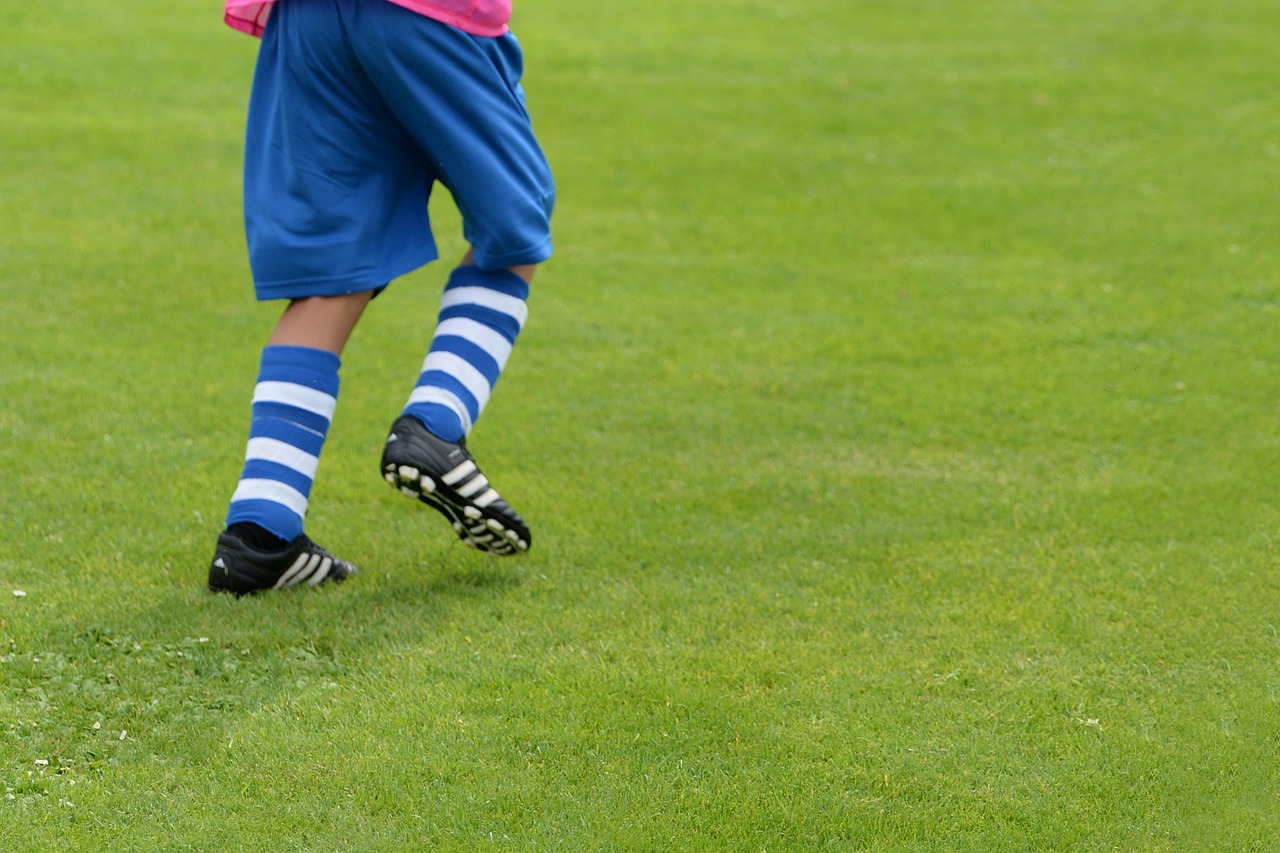The Importance of Active Recovery in Training Programs
11xplaypro, the tiger 247 login, betbook login: As an athlete, fitness enthusiast, or anyone involved in regular physical activity, you likely understand the importance of pushing your body to its limits to see progress and improvement. However, what many individuals often overlook is the crucial role of active recovery in their training programs.
What is Active Recovery?
Active recovery involves engaging in low-intensity exercise or movement to help your body recover from strenuous workouts. This can include activities such as light jogging, swimming, yoga, stretching, or even just walking. The key is to keep moving without exerting yourself too much.
The Importance of Active Recovery
1. Enhances Circulation: Engaging in light physical activity promotes blood flow to your muscles, aiding in the removal of waste products and speeding up the delivery of essential nutrients.
2. Reduces Muscle Soreness: Active recovery helps alleviate muscle soreness by increasing blood flow to the muscles, which can aid in reducing inflammation and promoting healing.
3. Improves Flexibility: Incorporating stretching or yoga into your active recovery routine can help improve flexibility, range of motion, and prevent injury by keeping your muscles supple and elongated.
4. Mental Refreshment: Taking time for active recovery allows your mind to relax and rejuvenate, reducing stress levels and improving overall mental well-being.
5. Accelerates Recovery: Engaging in light activity post-workout can help your body recover faster by reducing muscle fatigue and soreness, allowing you to bounce back quicker for your next training session.
6. Prevents Overtraining: Including active recovery days in your training program helps prevent overtraining, which can lead to burnout, decreased performance, and increased risk of injury.
How to Incorporate Active Recovery
– Schedule active recovery days into your training program, ideally 1-2 days per week.
– Listen to your body and adjust the intensity of your active recovery activities based on how you feel.
– Focus on low-impact exercises that promote blood flow and mobility without causing additional stress on your muscles and joints.
FAQs
Q: Can I replace rest days with active recovery?
A: Active recovery should complement rest days, not replace them. Rest days are essential for allowing your body to fully recover and recharge.
Q: How long should an active recovery session last?
A: An active recovery session can range from 20-60 minutes, depending on your fitness level and the intensity of your previous workouts.
Q: Can active recovery help prevent injuries?
A: Yes, engaging in active recovery can help prevent injuries by promoting blood flow, reducing muscle soreness, and improving flexibility.
In conclusion, active recovery is a crucial component of any training program that should not be overlooked. By incorporating light physical activity into your routine, you can enhance recovery, reduce muscle soreness, improve flexibility, and optimize your overall performance. So, remember to give your body the care and attention it deserves by embracing the power of active recovery.







